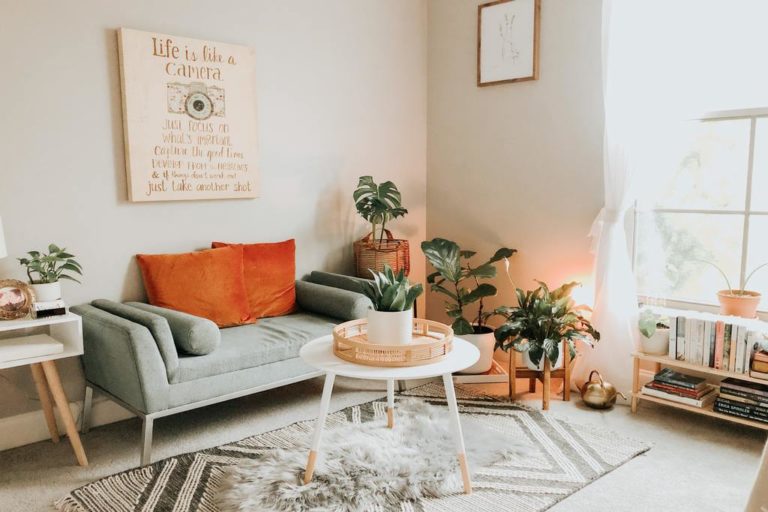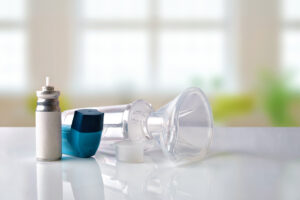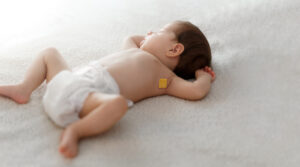Once you bring home your baby, house safety tips that you’ve implemented in your nesting period can truly make your life not just easier, but safer! In this post, we’ll help make home-proofing less overwhelming.
Implementing baby-safety tips while you or your partner are still pregnant and nesting can lighten the load for when your attention will be in full demand to feed, soothe, and love your baby. Sure, it’s not the most exciting part of preparing your home for its new tenant, but it is necessary to at least take some careful measures before you bring your baby home to a world of sharp edges, verandas, and endless stairs. That might even include purchasing some CSPC-recommended devices to be a little safer at home.
Want to see more baby safety tips we shared during Baby Safety Month? Try our tips for road-tripping with a baby.
Guide to this post
- Why is it important to child-proof your home?
- How to baby-proof your house?
- How can I make my home child-friendly when they’re older?
Okay, let’s get started with the basics.

What is Baby House Safety & Why is it important to child-proof your home?
Achieving “Baby House Safety” is essentially the result of baby-proofing your house to keep potential dangers away from the new member of your family. This could mean securing bookcases and cabinets, covering outlets, purchasing baby gates, and more. For the most part, the dangers in the house reveal themselves once baby is old enough to crawl and walk, but it’s good to prepare early for what’s to come.
Keeping your baby safe in the early months can mean bringing them home to a clean space and making sure that anyone who holds and loves on your baby has washed their hands first. Babies are vulnerable to infection and any barrier you can provide between them and bad bacteria can help keep them healthy.
Understanding babies’ developmental stages can also help you better prepare. They don’t just grow fast, they also learn at lightning speed! One minute they’re totally static, the next they’re rolling over. Understanding when that is likely to happen can help prevent accidents.

How to baby proof your house
Having a baby-proof checklist can truly make the task of childproofing your home less daunting. Often, pediatricians will have lists of this kind to help you out. Motherly also does a great job of gathering all the materials you’ll want to keep out of reach.
It also helps to know that you can prepare for 0-1 year first, and upgrade as your baby grows up. Having safety devices and tools that are good from 0-5+ years old can also help make the transition from baby safety to child safety easier.
How can I safety proof my house with a baby?
Since we’ve already covered the bacteria aspect, let’s talk baby purchases. For one, the changing table. If you choose to go for one, that is. Babies might be pretty still for a little while after birth, but don’t get used to it! Make sure your changing table has some sort of harness so your baby can’t boost themselves right over it. They’re strong little ones!
Bathroom Safety Basics
Next, take a look at your bath situation. At least the part that’s relevant to your baby.
Set your baby bathtub on a non-slip mat, and before bathing your baby, make sure all the materials you’ll need are within reach. That way, your baby can be in your grasp at all times.
Is a baby bathtub necessary? Here’s what moms say about unnecessary and vital baby purchases.
During bath time, there are more precautions to take. To keep your kids from turning on the hot tap, make sure you’ve set limits on your water heater, topping at 120 degrees Fahrenheit or 48.8 degrees Celsius. After bathing, wrap your baby in a towel immediately so they don’t lose too much of their body heat. Then, dry them carefully, so no moisture stays still in their adorable baby fat creases. Remember to empty the bath entirely. Even an inch of water is enough for a baby to drown in. Of course, don’t leave them alone. This seems to go without saying, but we do mean not even for 30 seconds and not even with other children watching over them. Your doorbell or phone rang? No problem, take your baby with you, wet and all.
The toilet seat should stay down and the door to the bathroom closed when you’re not using them. A spout cover can keep your baby from hitting their head on the faucet and they’re available in all kinds of shapes and colors.

How can I make my home child-friendly when they’re older?
Not all baby safety tips will be applicable to older children. So whether your children are a little older now or you often have kids come visit your home, these tips will help keep them safe.
Accident prevention can allow your family to stay safe, healthy, and happy. Since children are harder to keep an eye on than babies, spreading out safety measures can require a lot more time. Still, it’s fully worth it to see your children explore the house happily!
Looking for some extra help to keep an eye on your toddler? Cubo Ai baby monitor has a feature to set Danger Zones, turning your baby monitor into a toddler cam that will send you notifications when your baby explores areas that aren’t ideal for them.

Safety Accessories and Best Practices to Childproof Your Home for Children
The following safety accessories help make the everyday elements of your house that pose dangers to kids become more child-friendly.
- Anti-scalding devices (like the one mentioned in the bath section of this article)
- Toilet locks to keep the lid down and prevent drownings
- Safety latches on cabinets and drawers where poisonous products are stored (cleaning supplies, medication, etc.)
- Safety gates separating stairs or rooms with safety hazards. Get the gates that you can install using hardware to the door frame.
- Use doorknob covers to keep children away from rooms and other areas with hazards, such as pools. Be careful, though, that these devices are easy for adults to use in case of emergency.
- Use doorknob covers to keep children away from rooms and other areas with hazards, such as swimming pools. Be careful, though, that these devices are easy for adults to use in case of emergency.
- Put corner and edge bumpers on furniture and other items like a fireplace hearth to protect against injury.
The following practices, when adapted to become habits, will help children that live or come into your home stay safe:
- Unplug hair dryers and electric rollers
- Store medicines and other products in their original containers.
- Use careful placement of furniture so it’s away from high windows. Specifically, those on second or higher floors. Even if you have screens on your windows, they aren’t strong enough to keep children from falling through.
- Remove looped cords from blinds to avoid strangulation. Lock them into place so that they remain in position and don’t fall onto little ones’ heads when pulled.
- Any sort of chest should have a lid that can stay open or is light and removable.
- Secure any bookcases, shelving, and heavy furniture that could tip onto small kids with brackets and anchors. When storing items, put heavier items on bottom shelves and in the bottom drawers.
Want to know more about to level-up your safety game at home? Find out about our commitment to baby safety below.
Final Thoughts
There are a variety of ways to make your home safer for kids. From the time they’re born, you can take measures to improve your home safety for baby. Apply these tips and practices and if you have any doubts, remember to ask an expert you trust.





